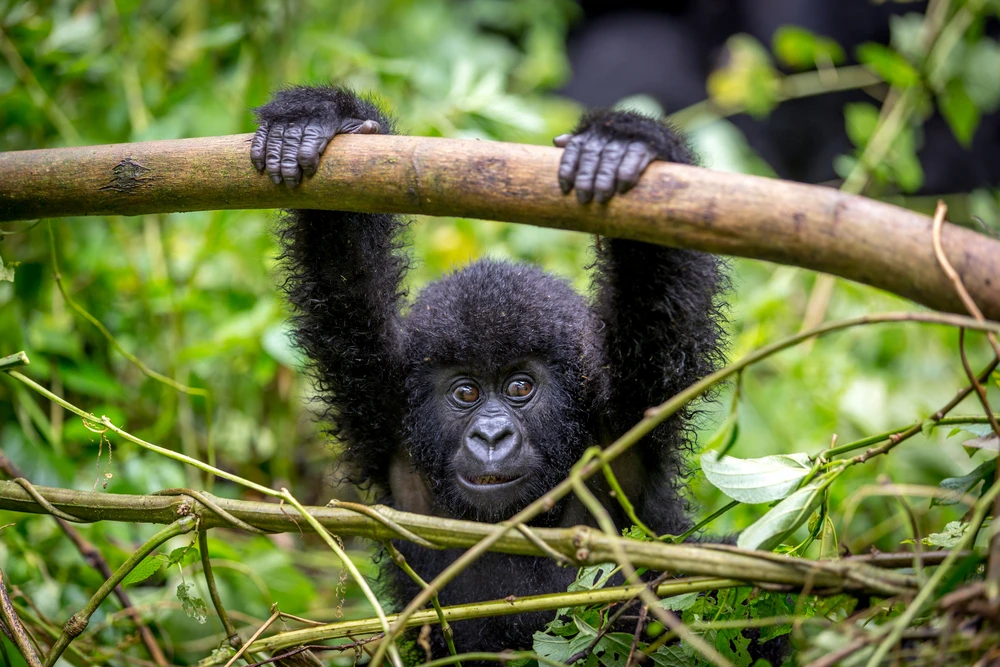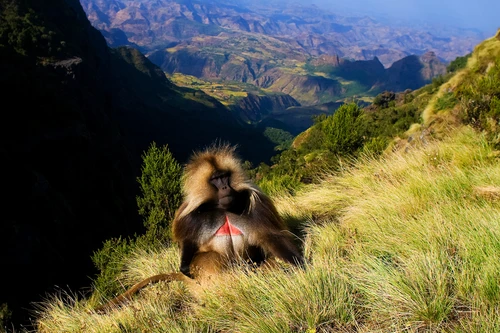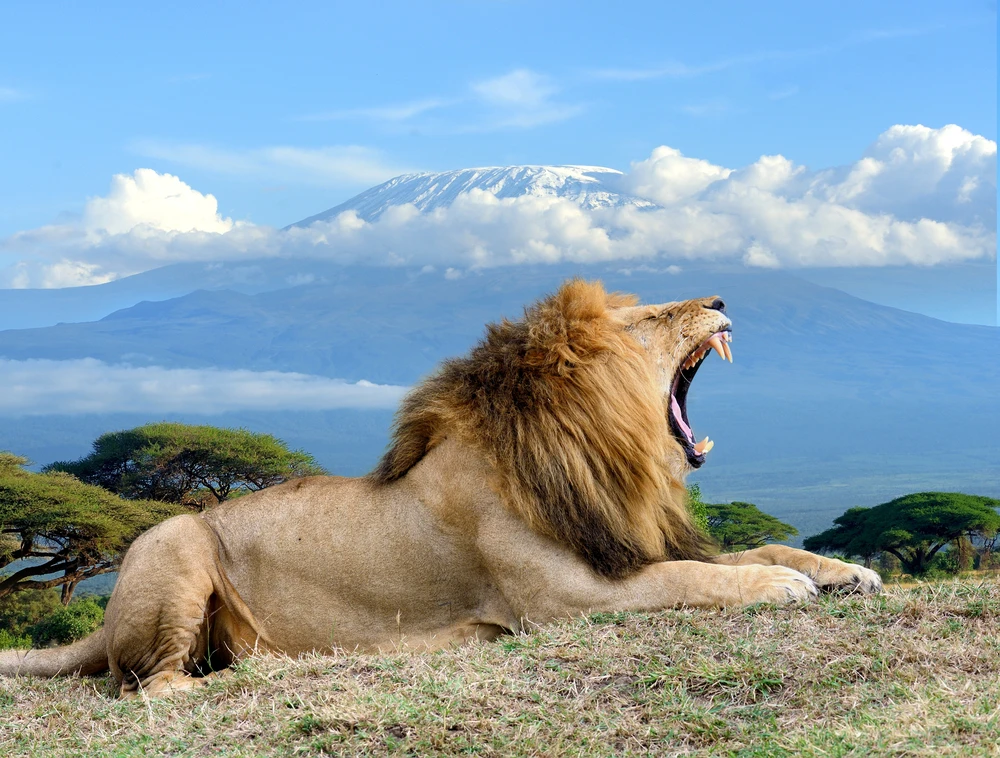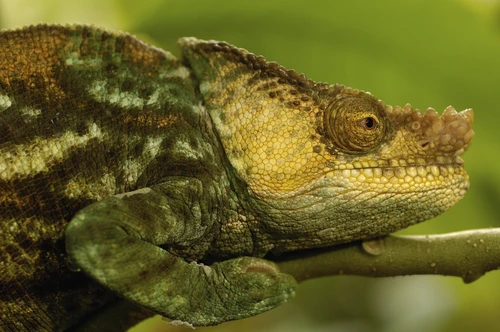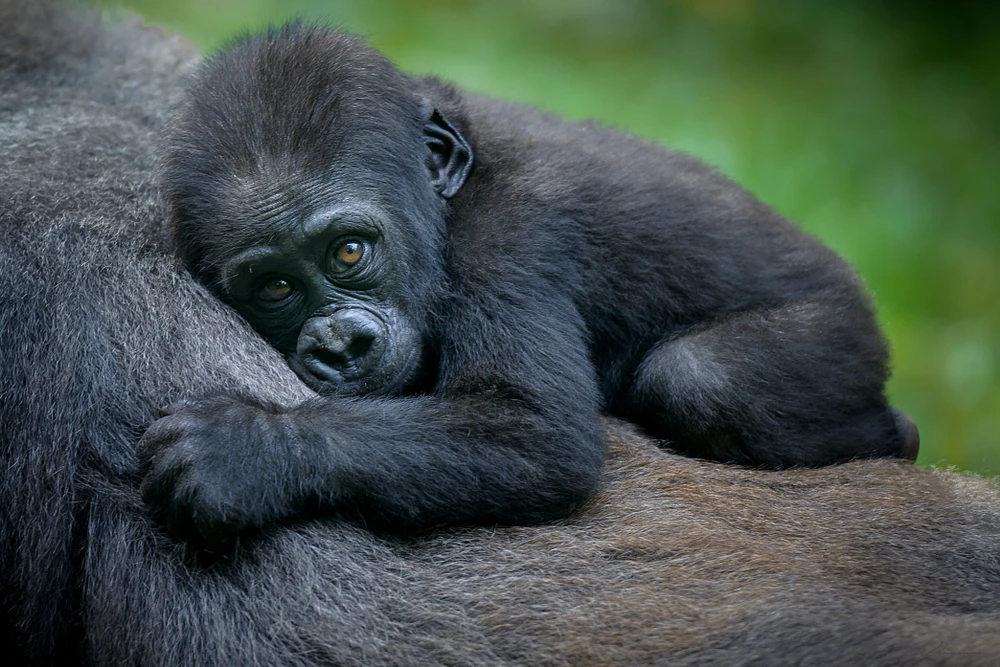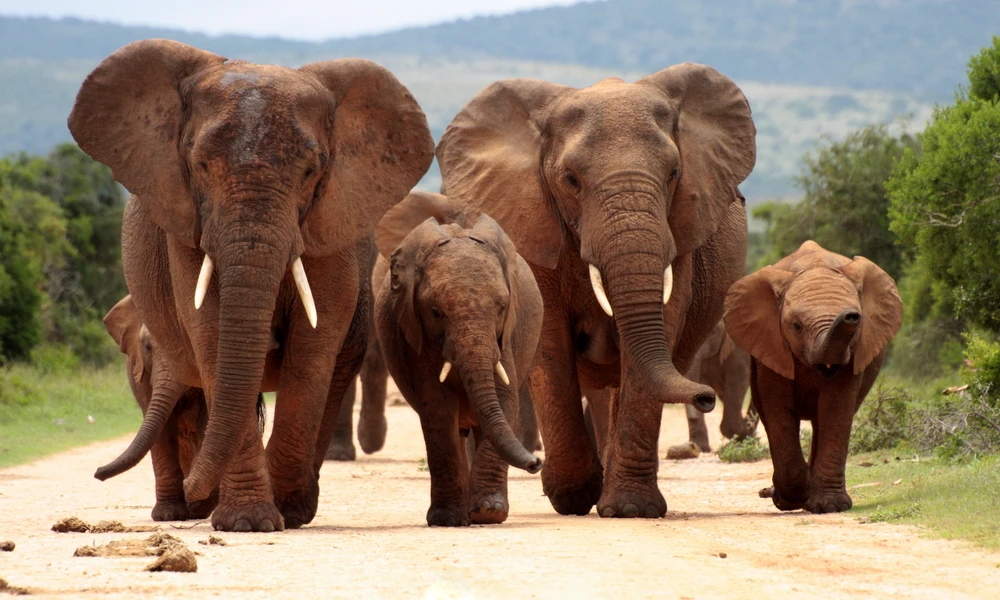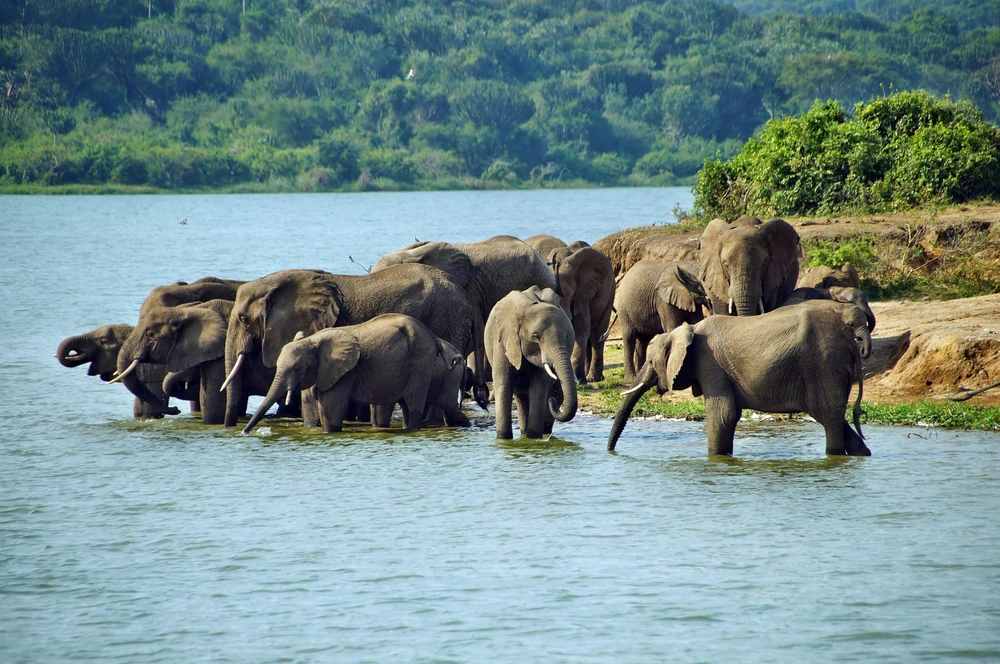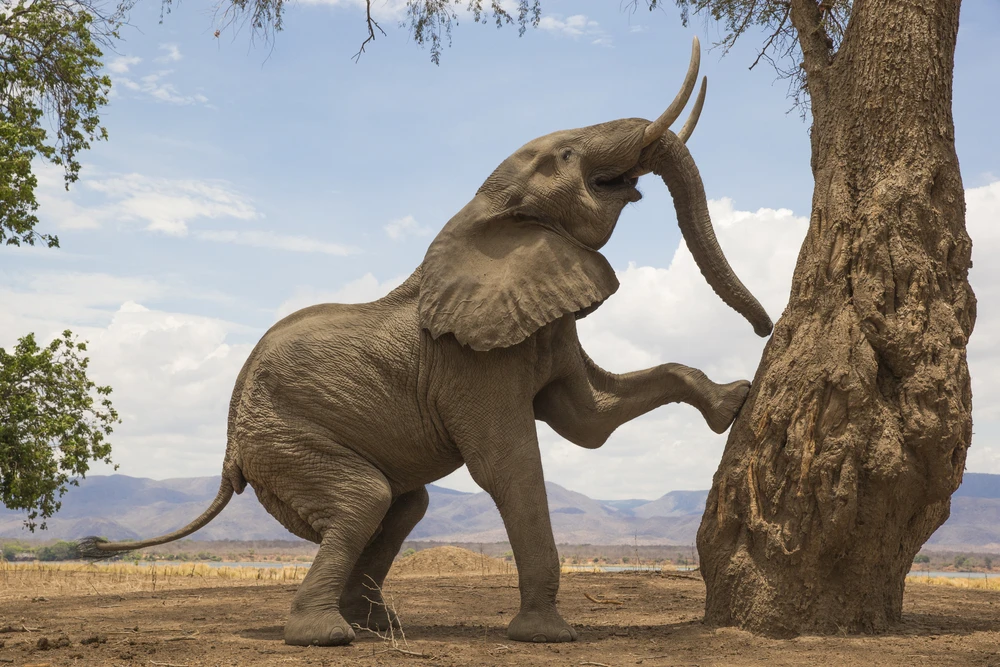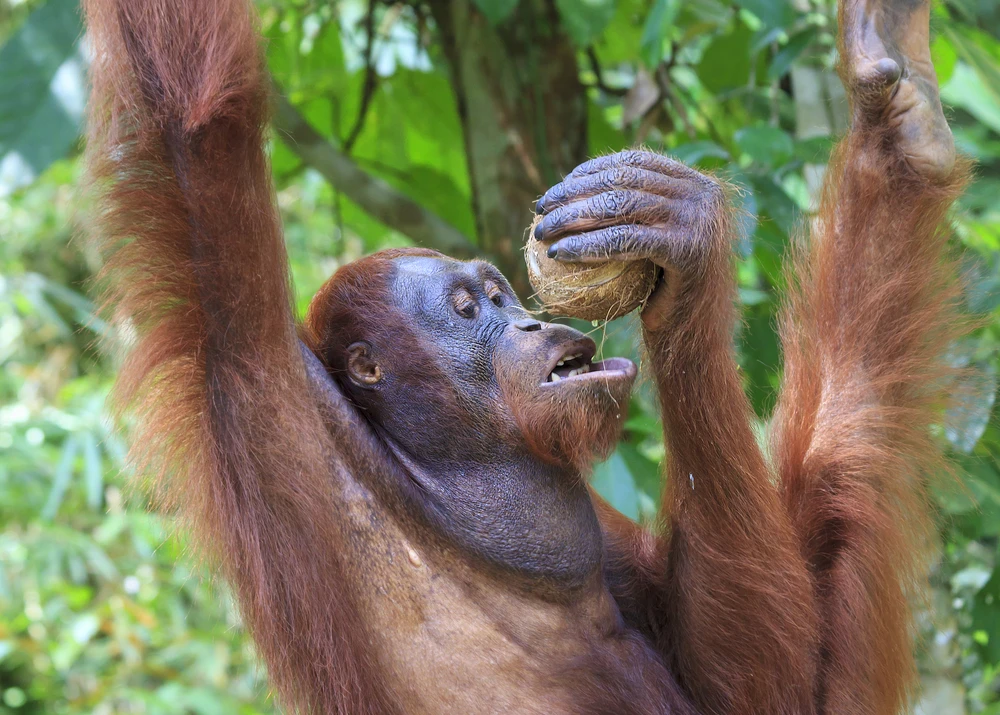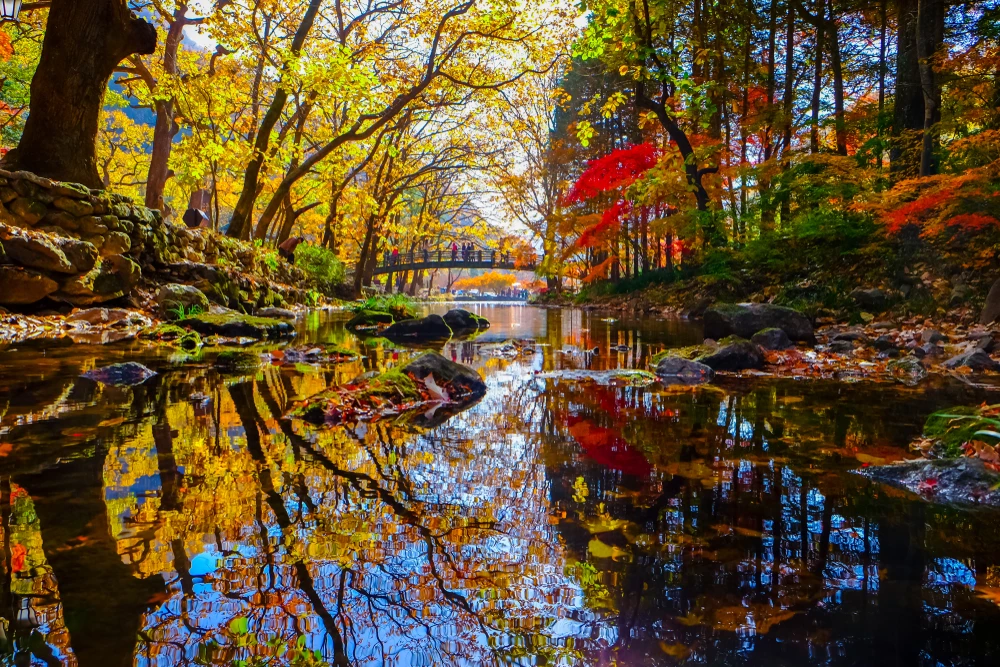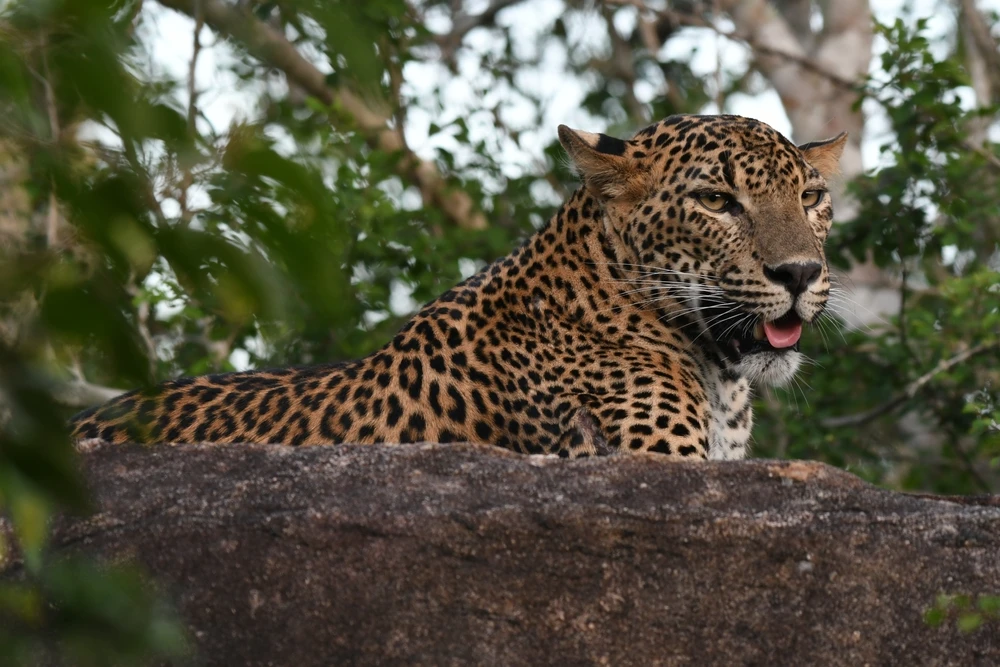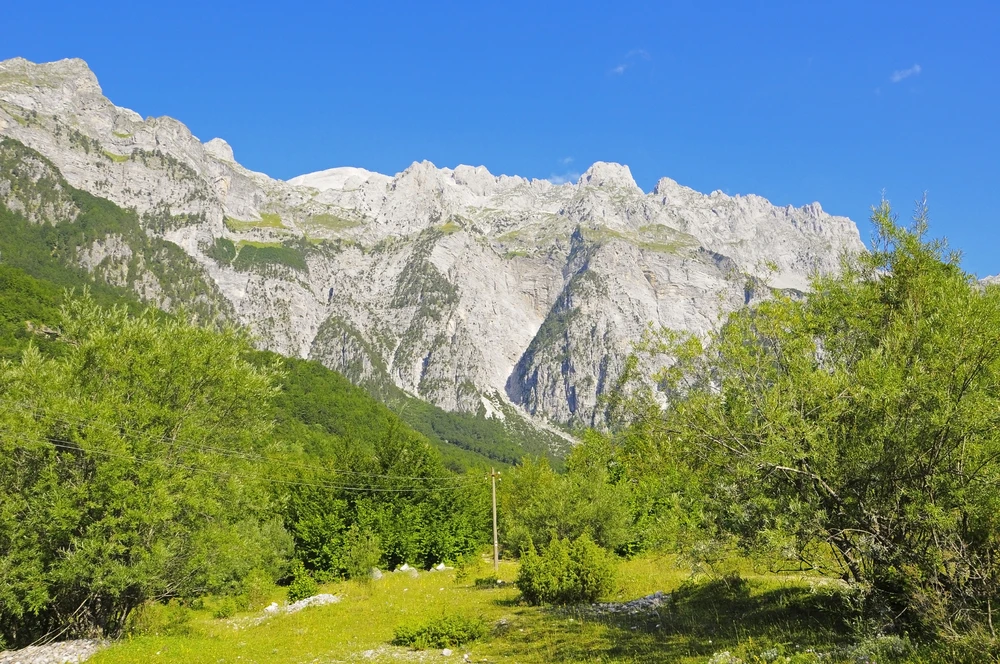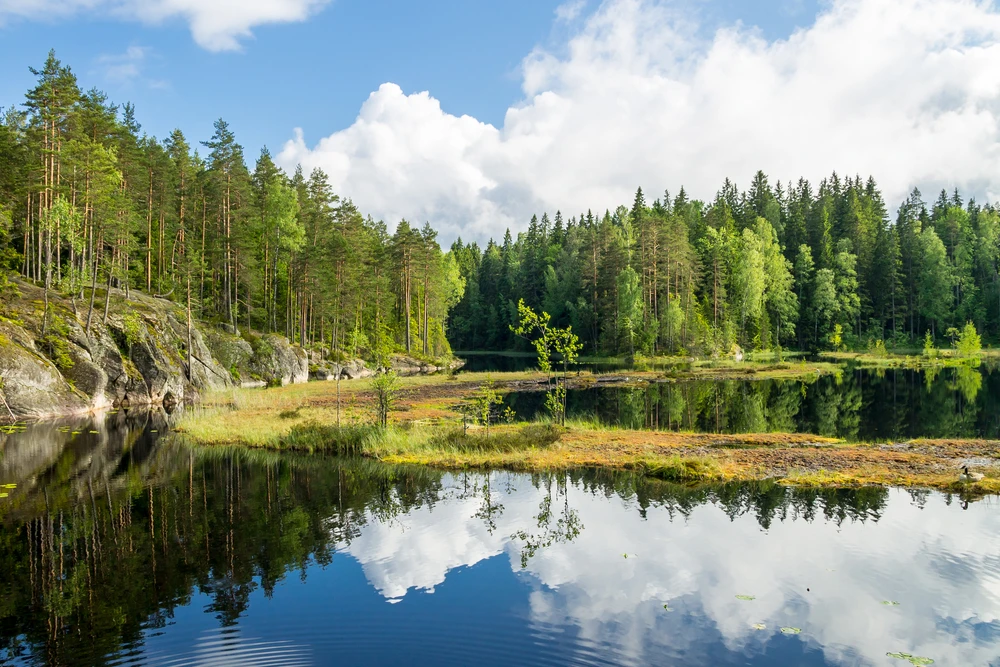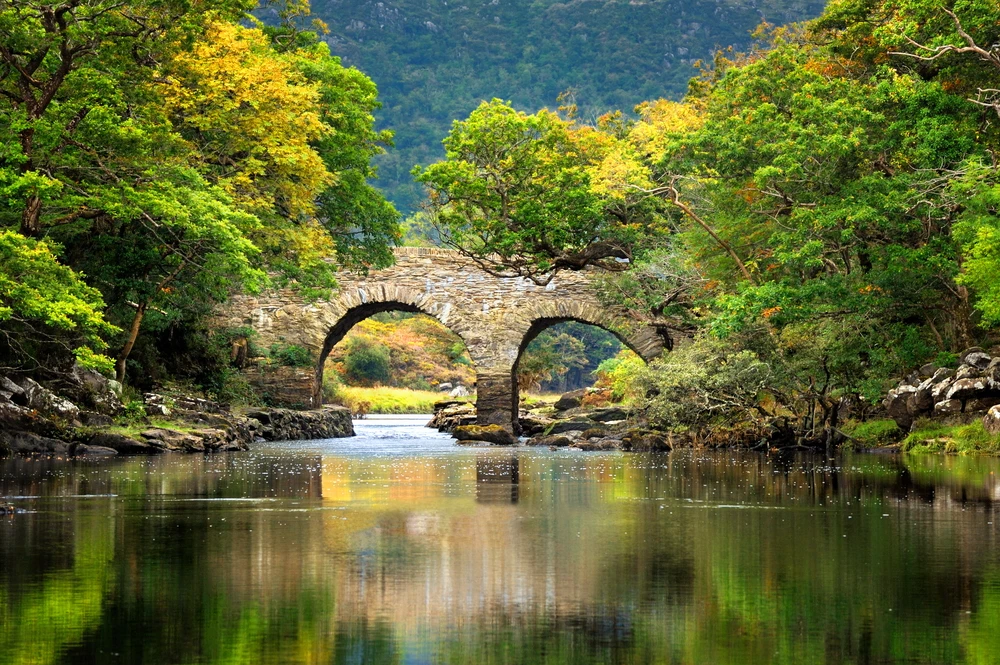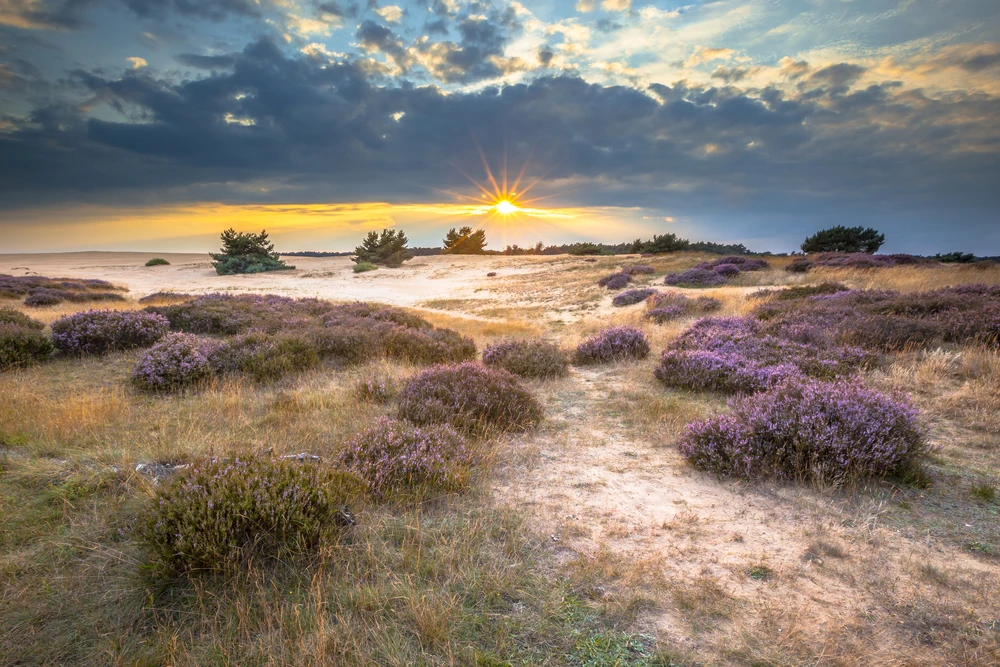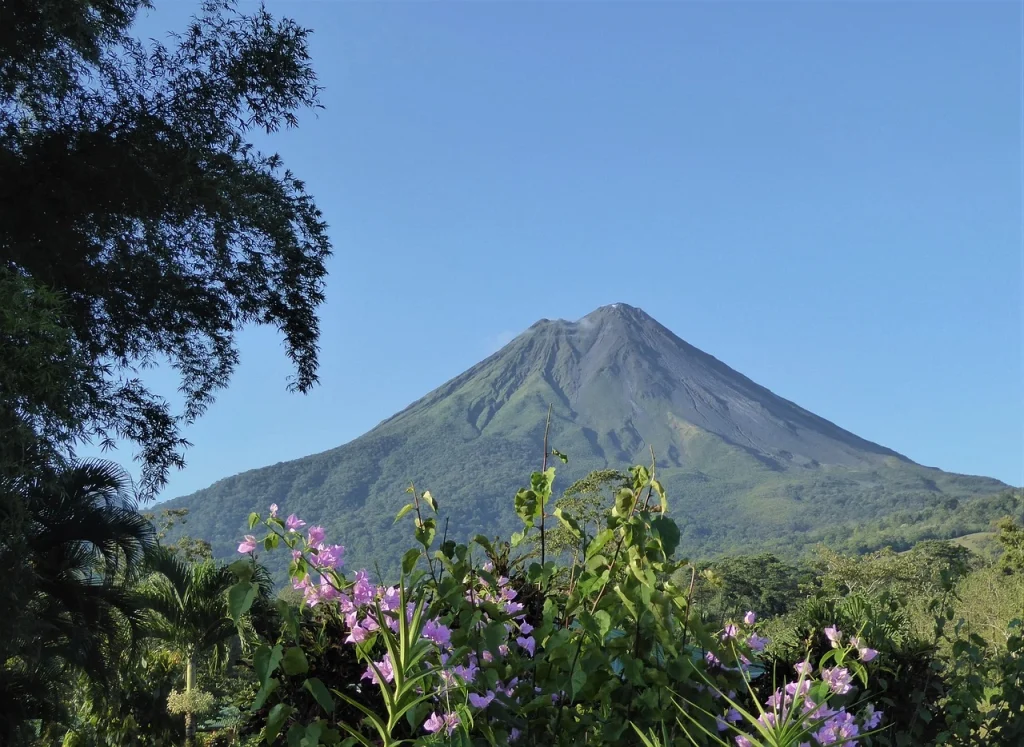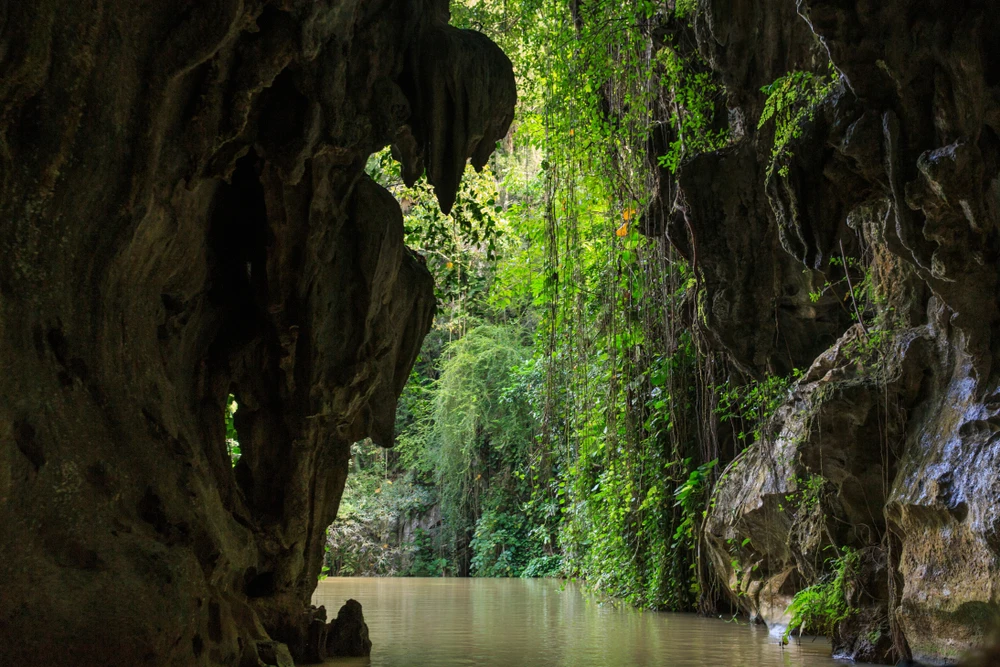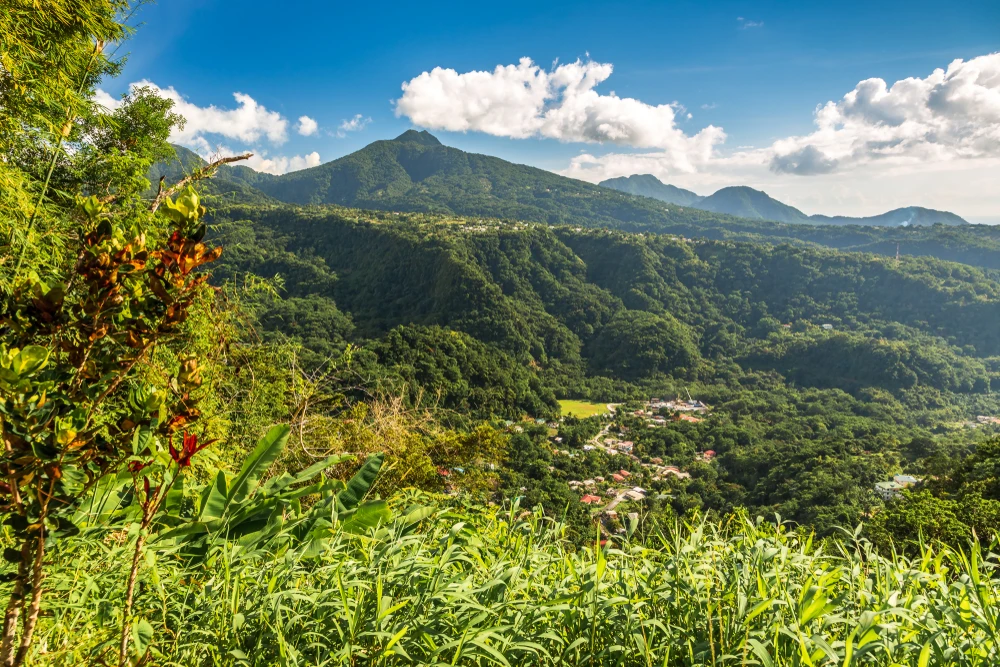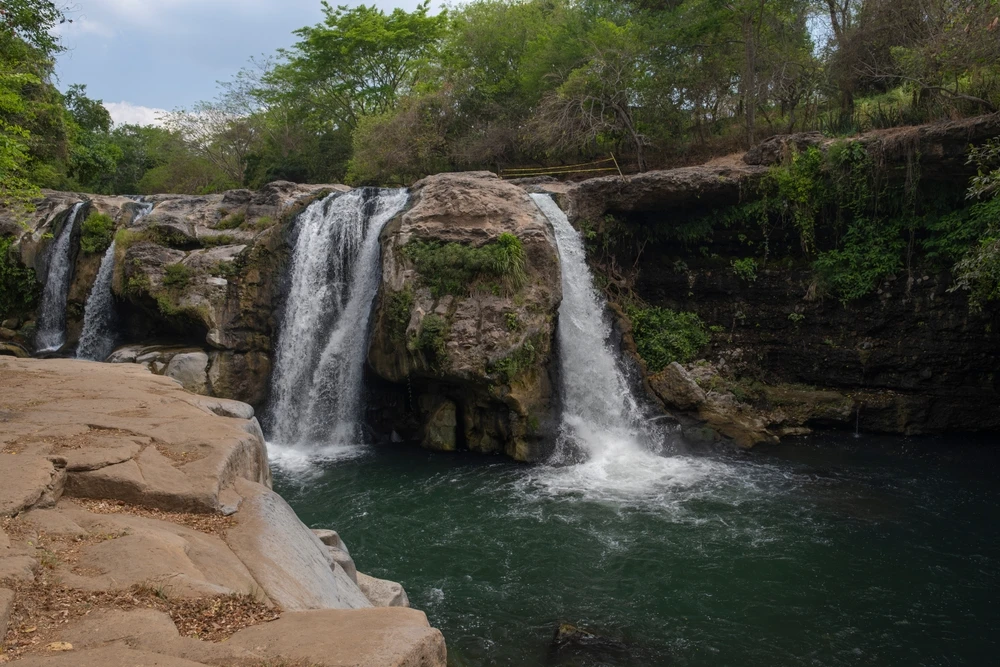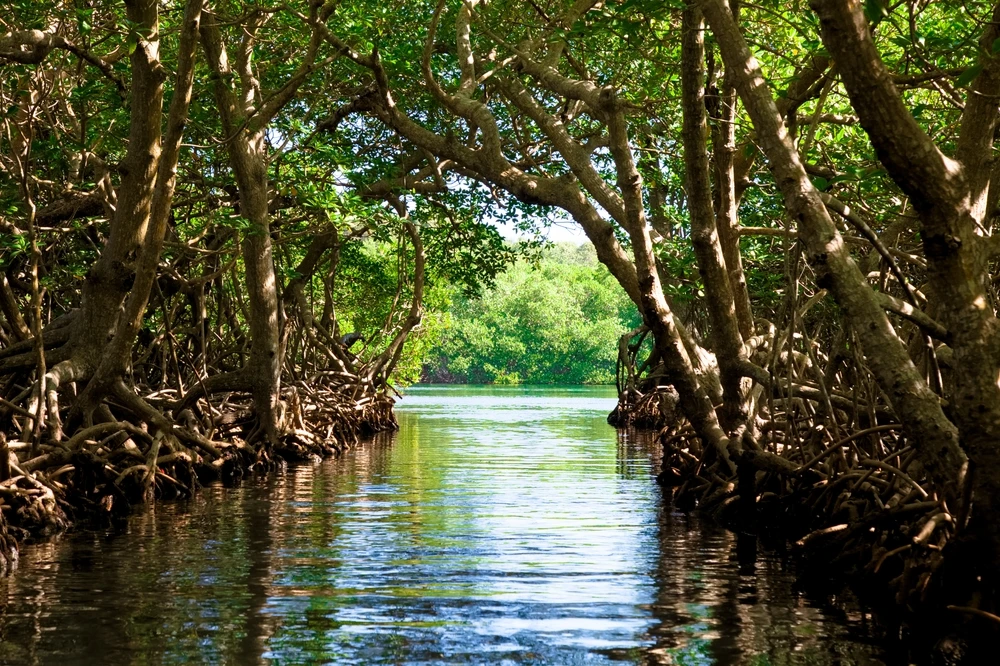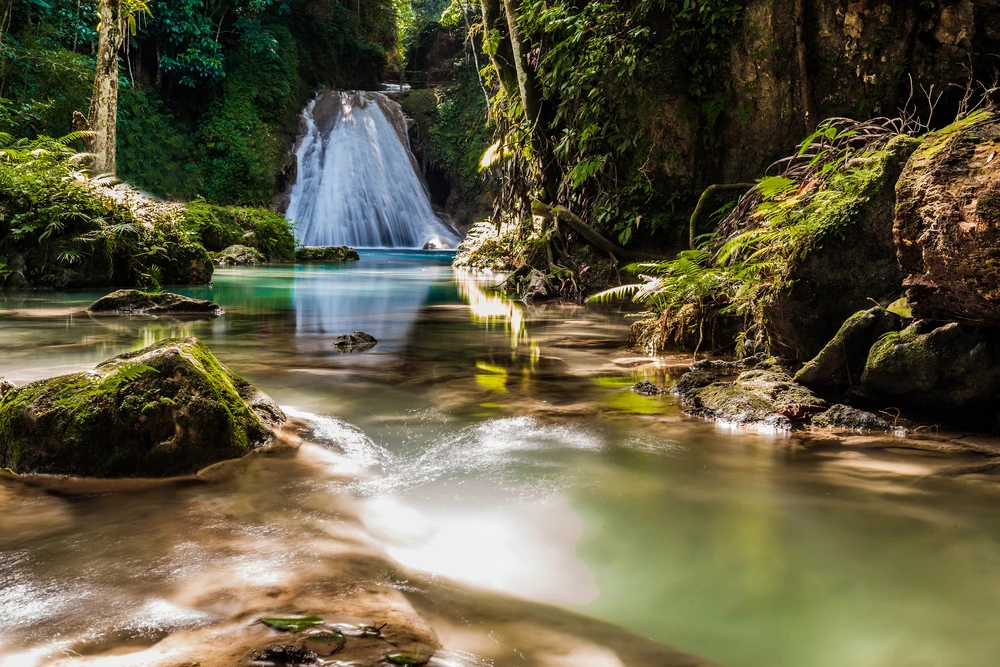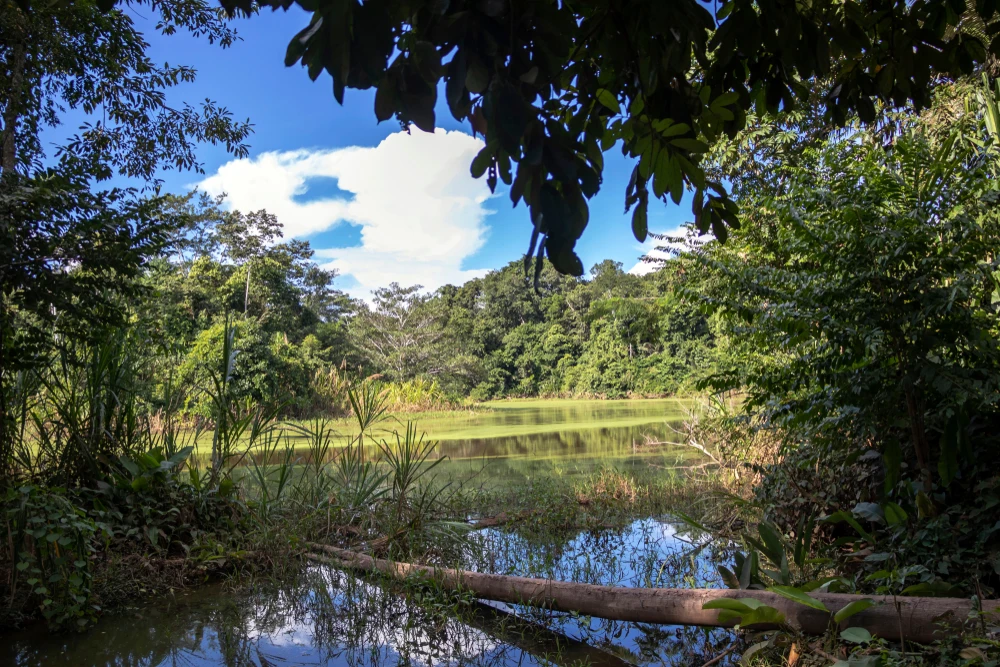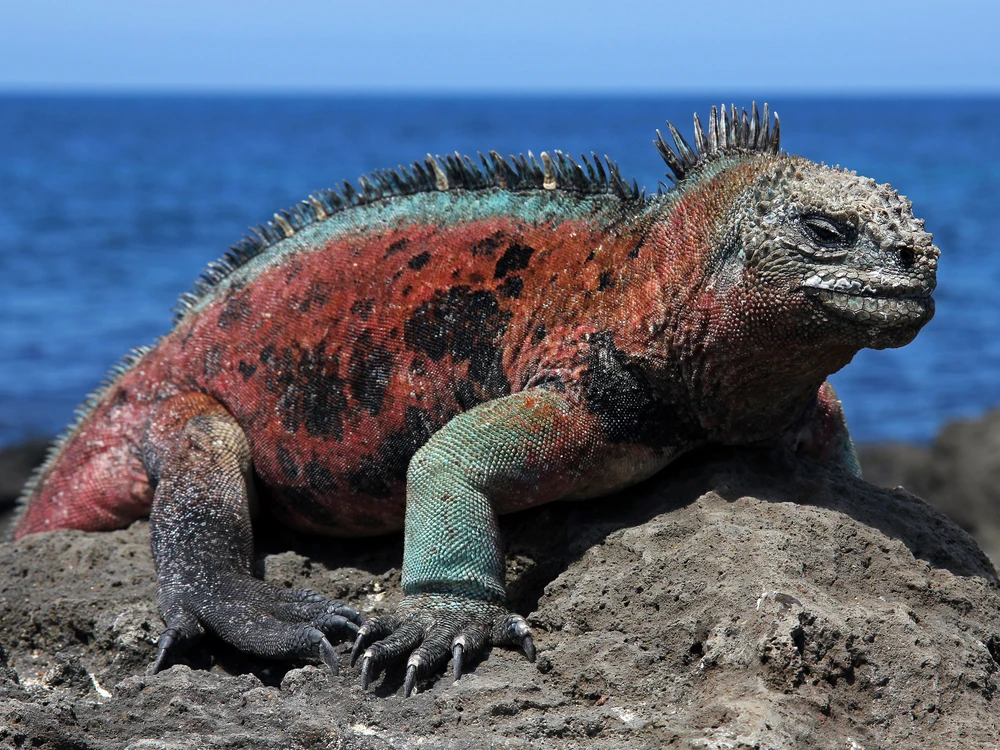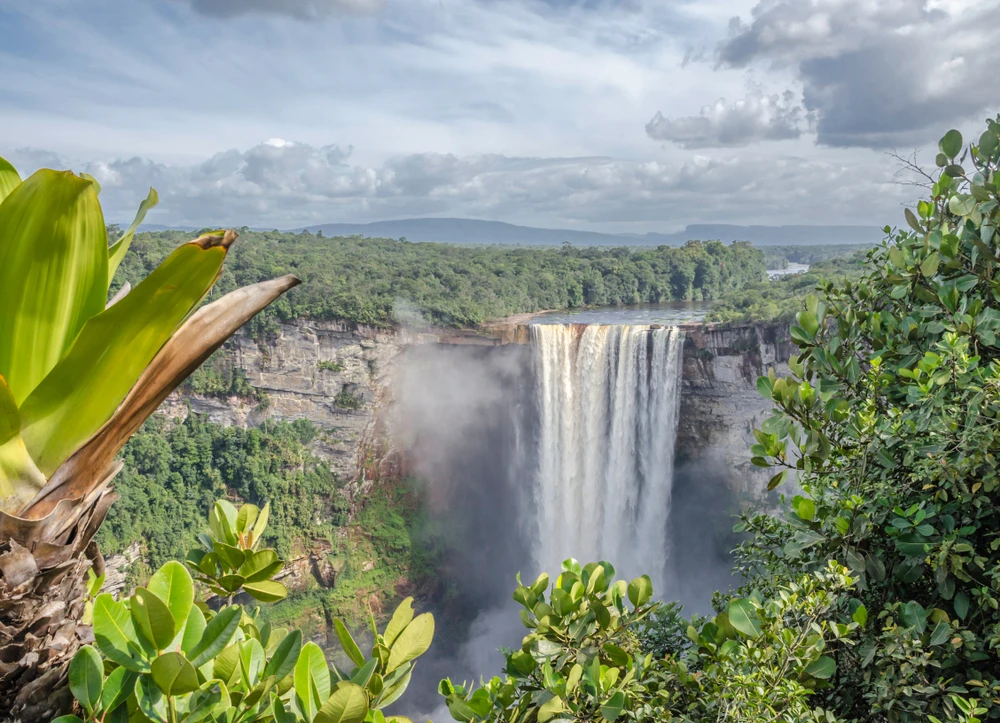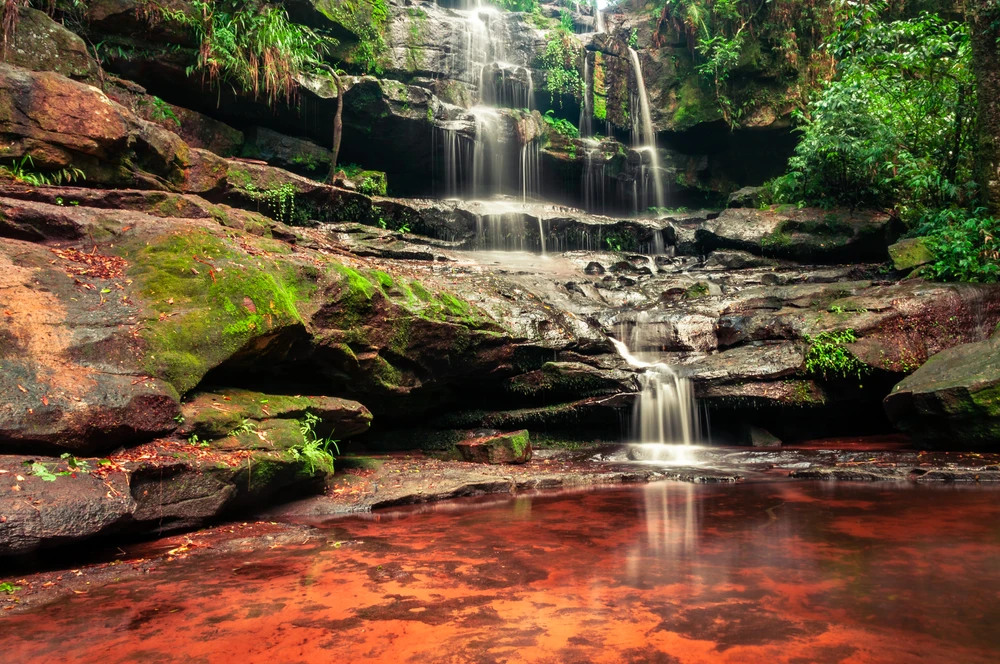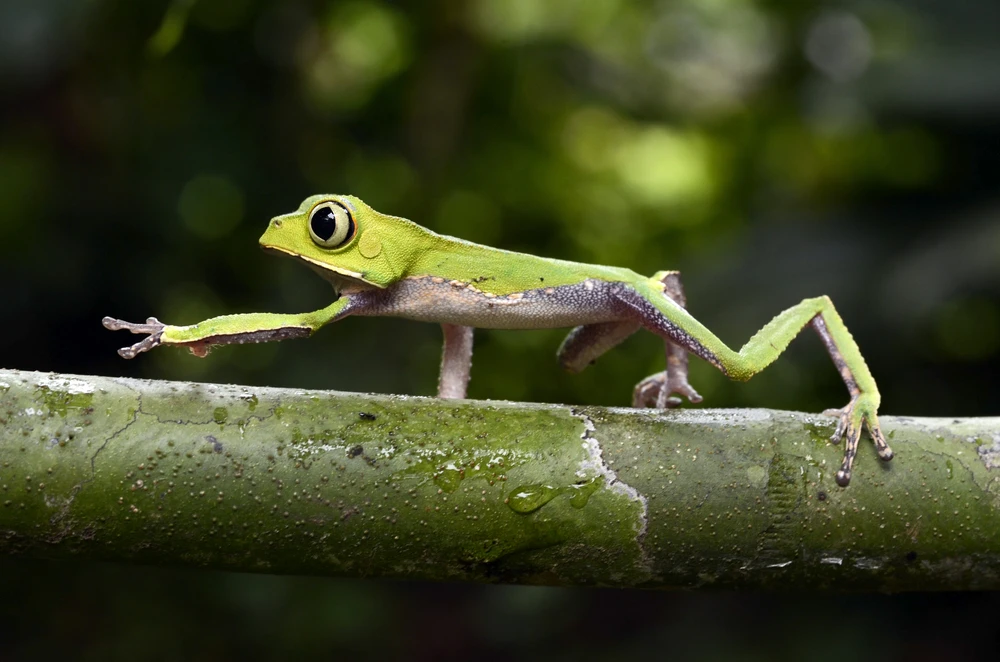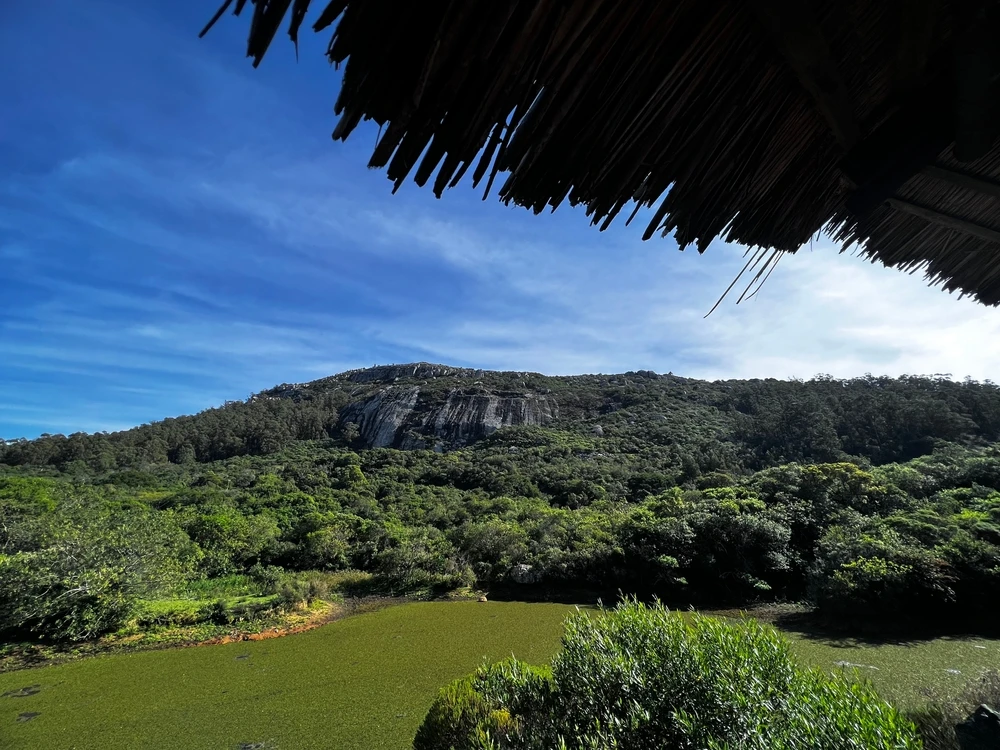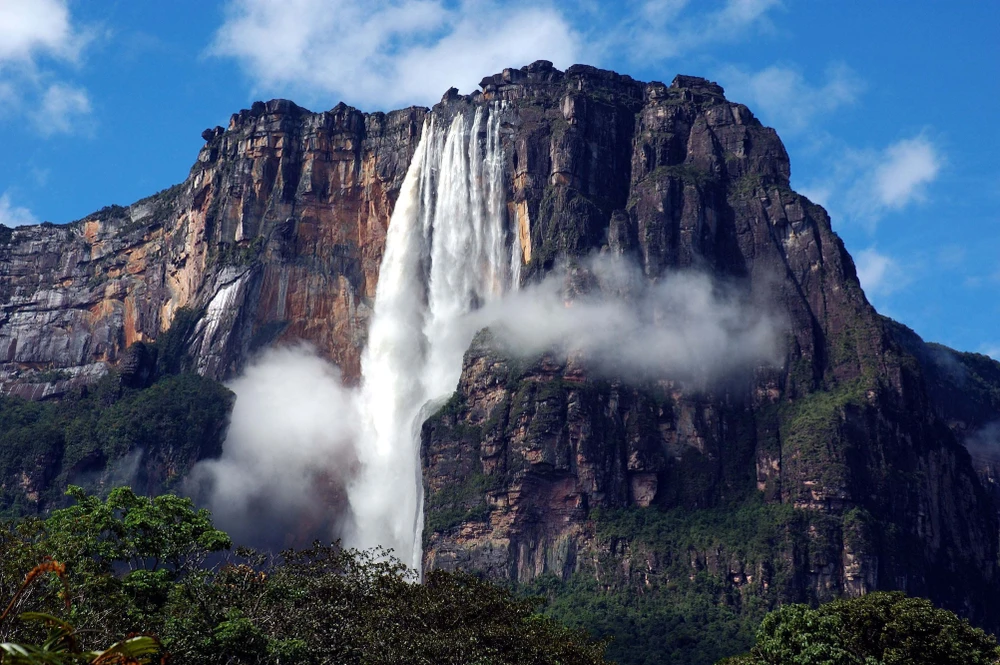Taebaeksan Overview
Taebaeksan National Park, known as 태백산국립공원 in Korean, is a stunning national treasure located in South Korea’s Gangwon and Gyeongsangbuk-do provinces. Established as a national park in 2016, it spans approximately 70.8 square kilometers (27.3 square miles). This park is renowned for its cultural significance, breathtaking landscapes, and biodiversity. It is centered around Taebaeksan Mountain, a sacred peak revered in Korean history and folklore. The park offers visitors an enchanting mix of natural beauty and traditional heritage.
The terrain of Taebaeksan National Park is defined by rugged mountain peaks, rolling ridges, and lush valleys. Taebaeksan Mountain itself reaches an elevation of 1,567 meters (5,141 feet), offering panoramic views of the surrounding region. The park is especially famous for its dense forests, which include stands of Korean fir trees and various deciduous species.
In the winter, these trees are often adorned with thick layers of snow and frost, creating an iconic “snow-flower” landscape that draws visitors from across the country. The lush slopes are dotted with azaleas and wildflowers in spring, providing vibrant bursts of color amid the greenery. Notable natural landmarks include the Hwangji Pond, a serene and picturesque site, and the summit ridge that boasts the Chunyang Valley and Yeonhwa Valley, known for their cascading streams and waterfalls.
Taebaeksan National Park is home to a diverse array of wildlife, reflecting the ecological richness of the region. Mammals such as roe deer, raccoon dogs, and squirrels are frequently spotted in the forested areas, while birds like the black woodpecker, Eurasian jay, and great tit bring vibrancy to the park’s avian life. Amphibians, reptiles, and insects also thrive within the park’s ecosystem, playing vital roles in maintaining the balance of its habitats. The park’s biodiversity makes it a valuable sanctuary for conservation and environmental education.
One of the most beloved features of Taebaeksan National Park is its cultural and historical significance. The park is home to sacred sites such as Cheonjedan, ancient altars used for ceremonial rites to honor heaven. Visitors can explore these altars, which date back centuries, and learn about Korea’s traditional spiritual practices. Taebaeksan is also famous for its Taebaek Coal Museum and the annual Snow Festival, which transforms the region into a winter wonderland with ice sculptures, snow sports, and cultural performances.
Visitors can experience the park through a variety of activities, including hiking its well-maintained trails, which vary in difficulty from leisurely walks to challenging ascents. The trail leading to the summit of Taebaeksan Mountain is particularly popular, especially during sunrise or sunset when the views are mesmerizing. In winter, the park attracts photographers and adventurers eager to witness its iconic snow-covered landscapes. Guided tours and educational programs are also available for those interested in the park’s ecological and cultural heritage.
Taebaeksan National Park faces ongoing conservation challenges, including the impact of climate change on its sensitive ecosystems and human encroachment on its borders. However, park management has implemented measures such as reforestation projects, habitat restoration, and public awareness campaigns to preserve its natural and cultural treasures. These efforts have been instrumental in maintaining the park’s status as a vital ecological and cultural hub.


